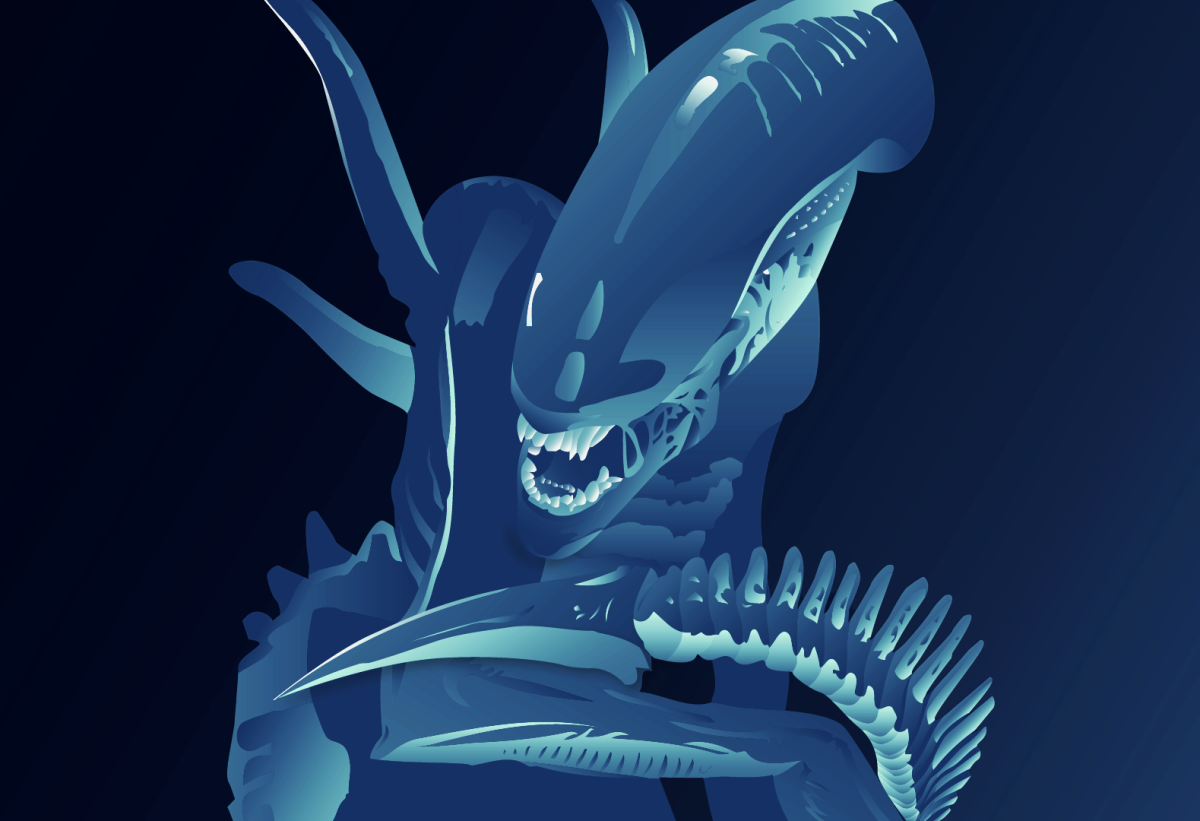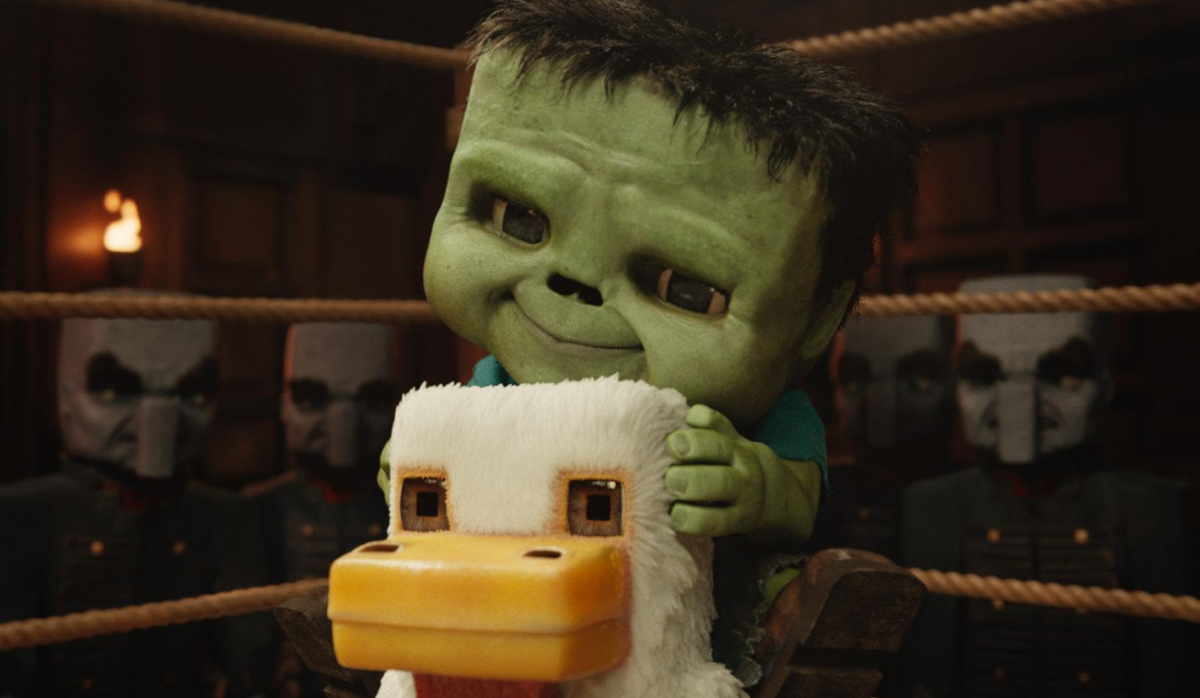“Alien,” directed by Ridley Scott and released in 1979, inspired a series of science fiction horror films chronicling humankind’s conflicts with aliens and androids. “Alien” follows Sigourney Weaver as Ellen Ripley and the crew of the “Nostromo” after waking from cryo-sleep to an unknown distress call. Once Ripley’s crew finds the source of the call, they are haunted by what they find. This film is considered a classic in the sci-fi film genre because of its head-on details, examination of humankind as a species and the depictions of intense aliens and androids. The second film in the six-part series, “Aliens,” directed by James Cameron, follows Ripley 60 years later, trying to save a colony of people from the same alien creatures that terrorized her ship in the first film.
“Alien” introduced the idea of aliens, androids and human beings somewhat coexisting and interacting with each other. Aliens technologically surpassing humankind is the foundation for many sci-fi films, and this concept is also what drives the terrifying nature behind the film. “Alien” is reinforced by a dark ambiance including smoke, coldness, suspense, silence and the emptiness of space that drive the horrific side of the film. “Aliens” continues this cold and metallic theme and adds suspense. The films are best viewed in total darkness for the effect the director intended.
“Alien” and “Aliens” show the human race’s constant reliance on technology. The android present in the first film, Bishop, played by Lance Henriksen, has a typical betrayal story that is almost brushed aside amid the struggle for human survival against the alien creature. The idea that this storyline rested on the betrayal of the human species demonstrates the detail and effort put into this film. “Alien” could have worked without Bishop and his deceitful acts, but instead it adds immense detail and showcases one of the biggest ideas in fiction — that the human species’ creations of technology will eventually transcend us.
The lifecycle of the aliens presented in both films is elaborate. The design and humanoid form of the aliens is a scary thought itself. When the audience finally catches a glimpse of the fully-grown alien after all of the build-up and suspense, the creature lives up to its foreshadowed terrifying nature. The design is very effective in instilling fear in the audience that the aliens will not be taken down easily. Even the nature of how the aliens are born is quite terrifying because anyone could be infected and not even realize it until it is too late. “Aliens” sets the standard for the making of a great horror sci-fi film.
The second film, “Aliens” adds more personalization with the characters by giving them depth, therefore making the storyline more captivating. The second film also uses more unique settings compared to the first and much more dialogue. The only major downside of the first film is the slow-paced action sequences and events that take longer to unfold. There are massive similarities between the films that could have been spiced up with creativity, especially how the endings are very similar in terms of basic events on screen.
“Alien” and “Aliens” are great horror sci-fi films that were ahead of their time, and it is easy to see why the series kept going.
















